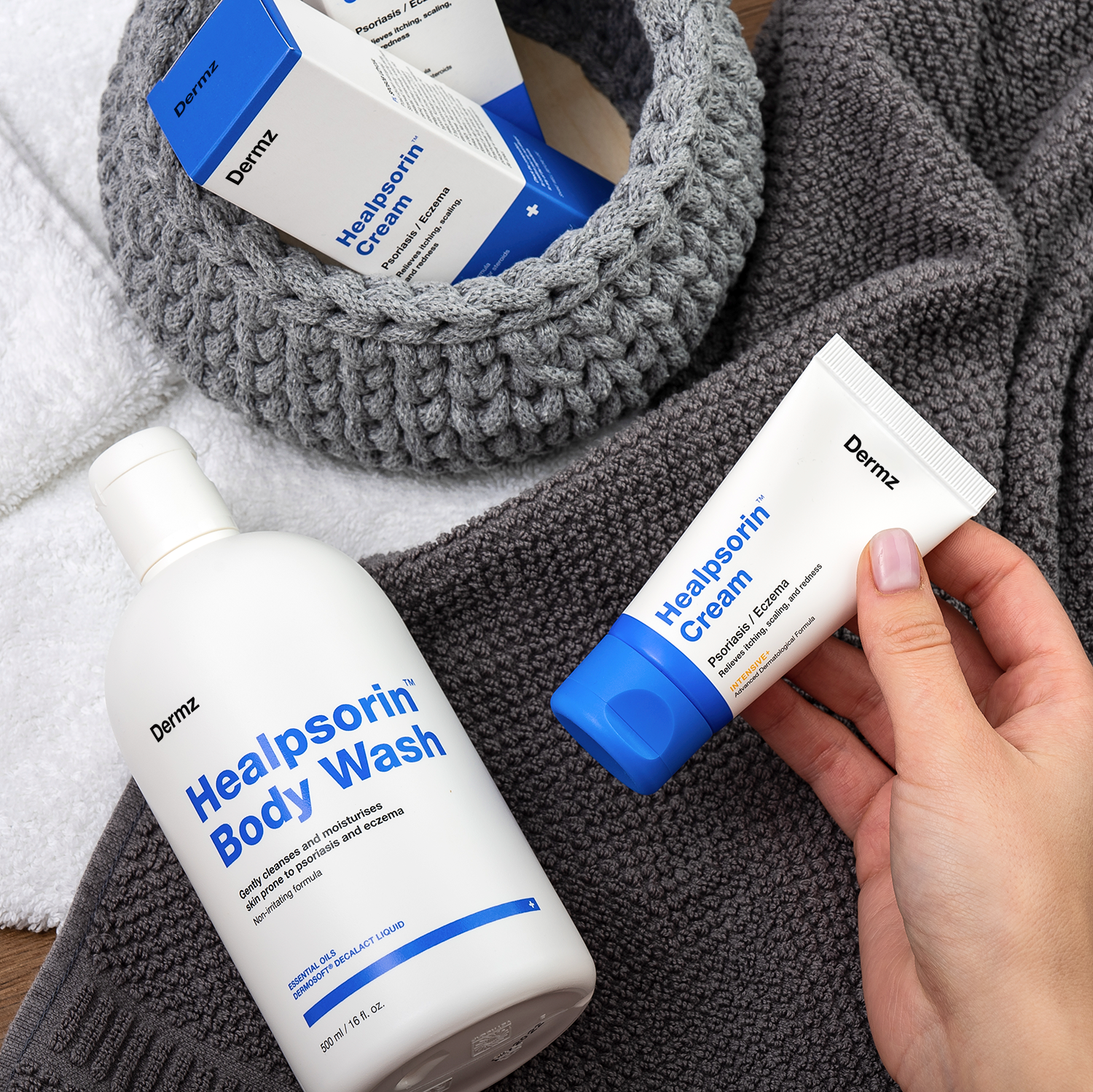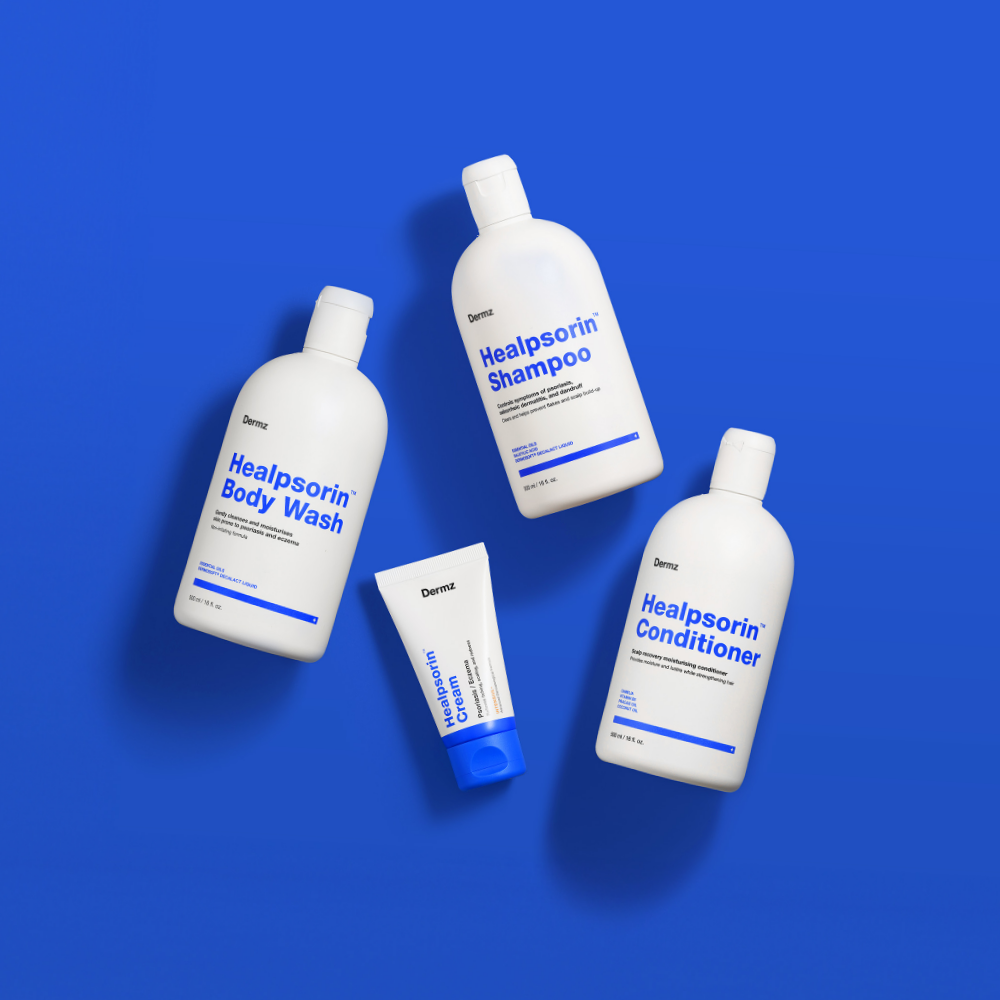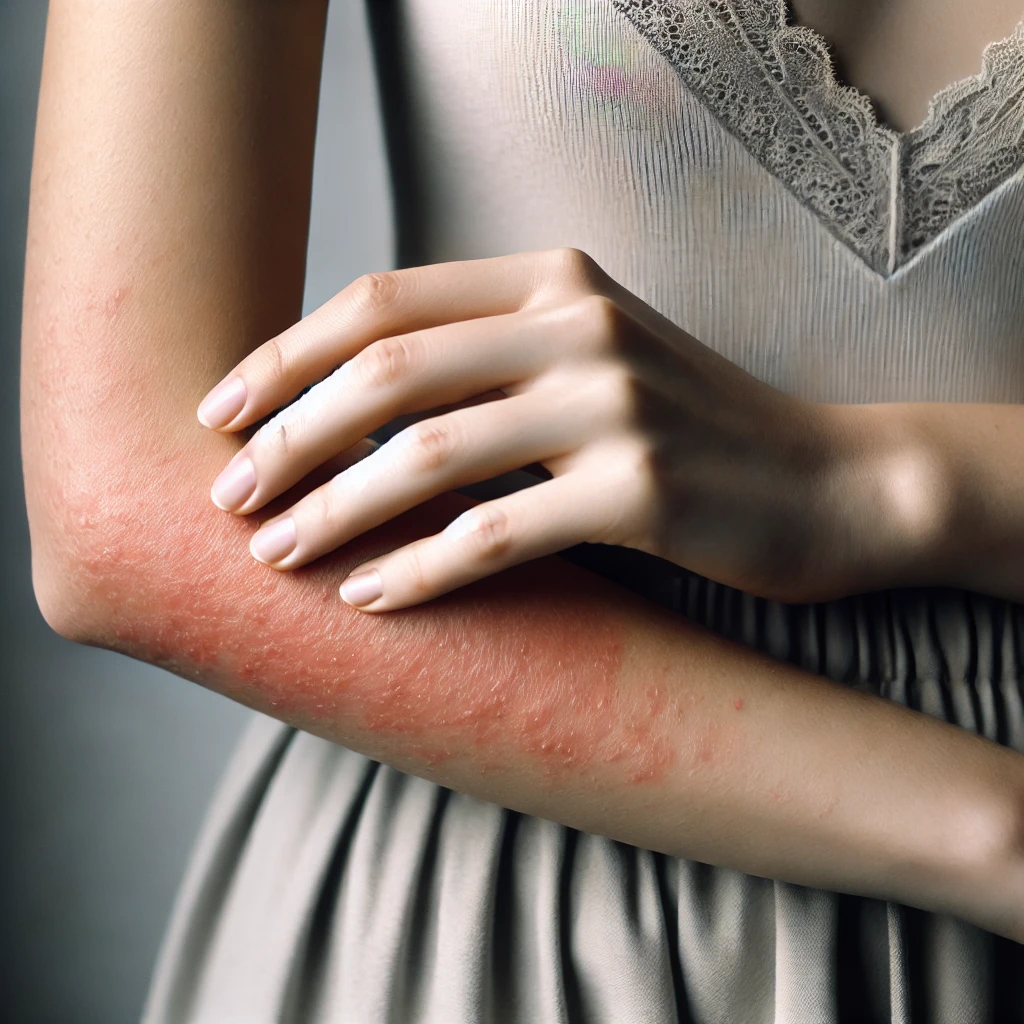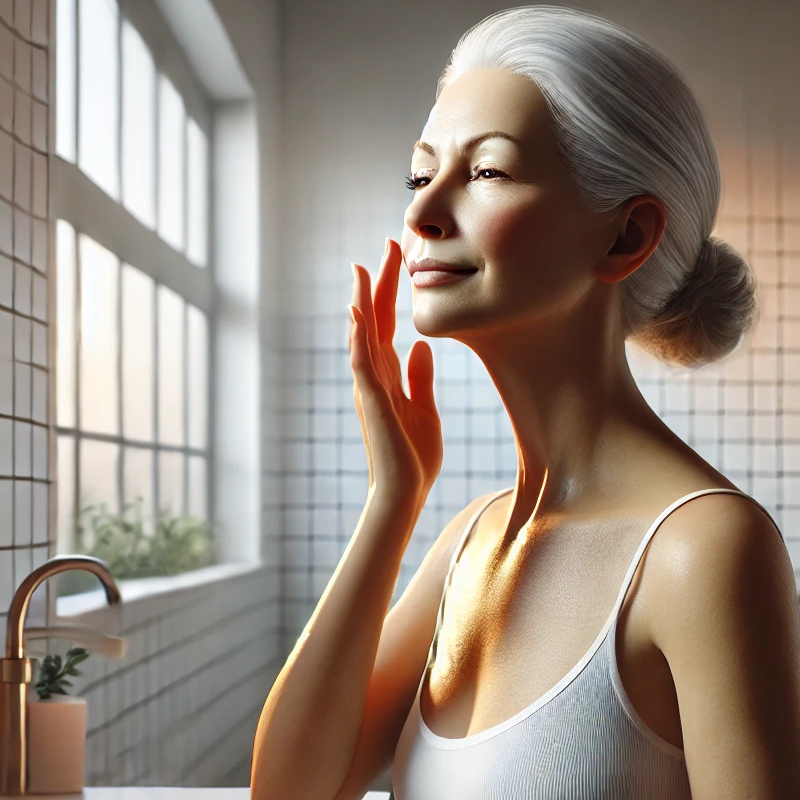Eczema is a kind of inflammation of the skin caused by various conditions, both internal and external. It is not a contagious disease but can generate problems because eczema attacks different places on the body and has heterogeneous symptoms. Eczema sometimes requires only adequate body care but sometimes needs to be cared for by a dermatologist. How do we recognize eczema and its types?
Atopic dermatitis
Atopic dermatitis is a chronic inflammatory disease caused by genetic, environmental, and immunological factors. Somebody with a family member with this issue probably will be suffering from atopic dermatitis in the future. It is difficult to cure because of its remissions and relapses. The causes of relapses are different: allergens, pollution, temperature changes, infections, inadequate cosmetics, stress, and tiredness. Atopic dermatitis causes skin itchiness and dryness, ichthyosis, facial erythema, and others. It is relevant to avoid cosmetics that can irritate your skin. Better choose delicate products, like Healpsorin Emollient Balm with 48 percent of emollients or plant-based Healpsorin Body Oil with cannabis sativa seed oil, sunflower seed, and argan.
Dyshidrotic eczema
This eczema type shows only on hands and feet, especially fingers and soles. Dyshidrotic eczema looks like small clots and bubbles full of liquid. It can be painful and burdensome. During healing, clots and bubbles are peeling and changing into erythema. Dyshidrotic eczema is an allergic reaction of the organism to some cosmetics, metals (like nickel), food, or bacteria. In the case of dyshidrotic eczema, you need to change your diet, use adequate cosmetics, and meet the dermatologist to obtain help. Healpsorin Cream relieves in case of itching, dryness, scaling, redness, and sensitive skin irritations. Multiple oils in this cream soothe the skin and protect it from infections.
Contact dermatitis
Contact dermatitis usually appears as a body rash in a place where you have contact with allergens. What can make the skin allergic? Cosmetics, fabrics, plants, and others. The rash can be itchy, the skin can be dry, cracked, and flaky – and the symptoms can be noticeable up to a few weeks. The first step to managing contact dermatitis is eliminating the allergens from your everyday life. Only when you deal with the reasons you can deal with the effects. That kind of skin requires a delicate wash with as natural soap as Healpsorin Soap with shea butter, coconut oil, and palm oil. These ingredients guarantee to moisturize and protect. One of the types of contact dermatitis is nummular dermatitis. It looks like many focuses of bubbles and clots tend to return. It is caused mainly by bacteria, especially streptococci. It remains a proper treatment with glucocorticosteroids.
Seborrheic eczema
Seborrheic eczema can show up on the hairy scalp and in every place on the skin where glands secrete sebum, like the forehead or between eyebrows. It looks like erythema and yellow scabs. All the changes are determined by hormones and their work, independently of age. But age influences skin changes and can look other in the case of babies and others in the case of teenagers or older people. Like other types of eczema, seborrheic eczema needs to be appropriately cared for because it can return and lead to inflammation. For a healthy scalp and hair, use the 4-Step HairLXR Set. The set contains peeling and classic shampoo, conditioner, and serum. The cosmetics wash the skin and hair delicately but efficiently. These products give protection because of the antioxidants and prebiotics.






